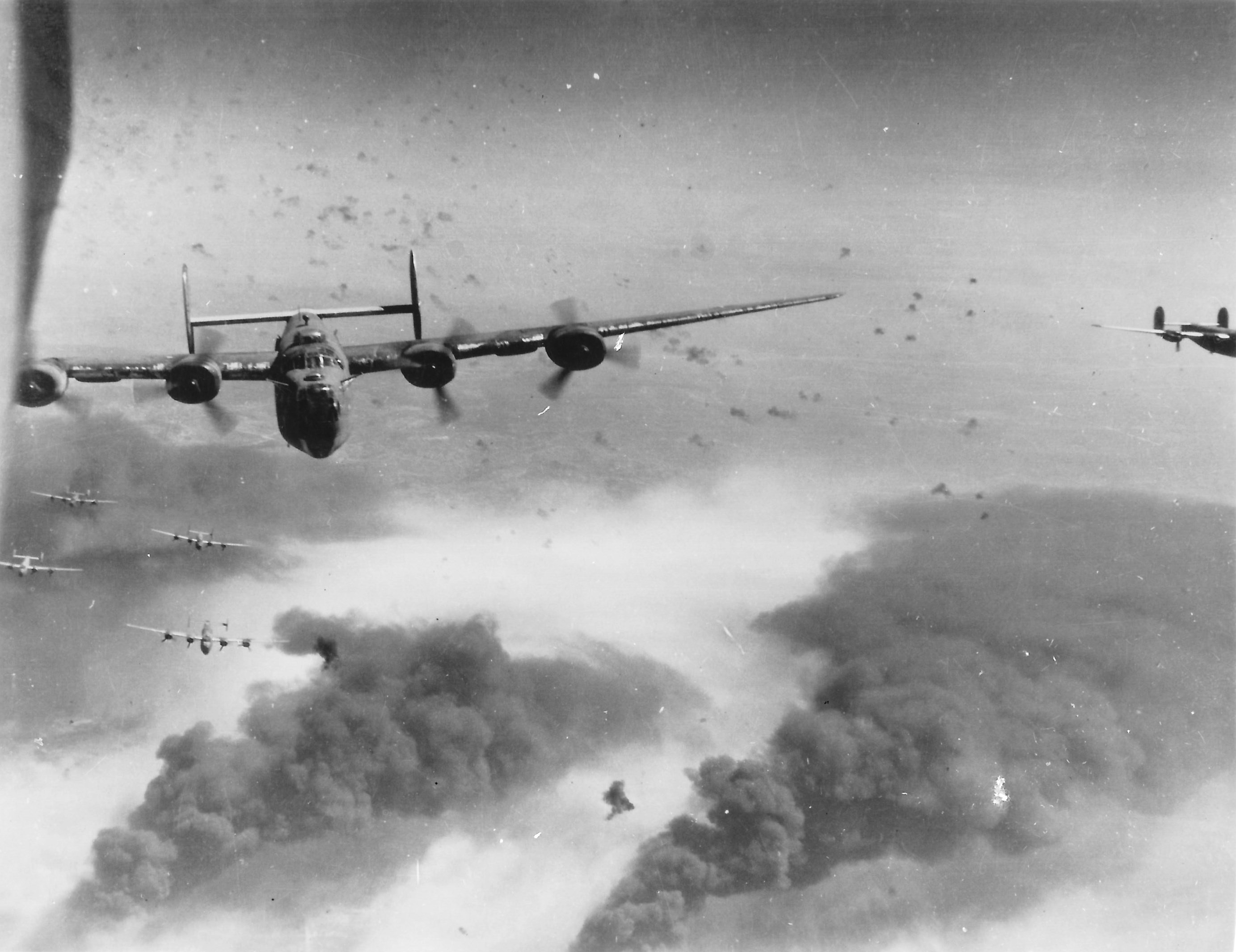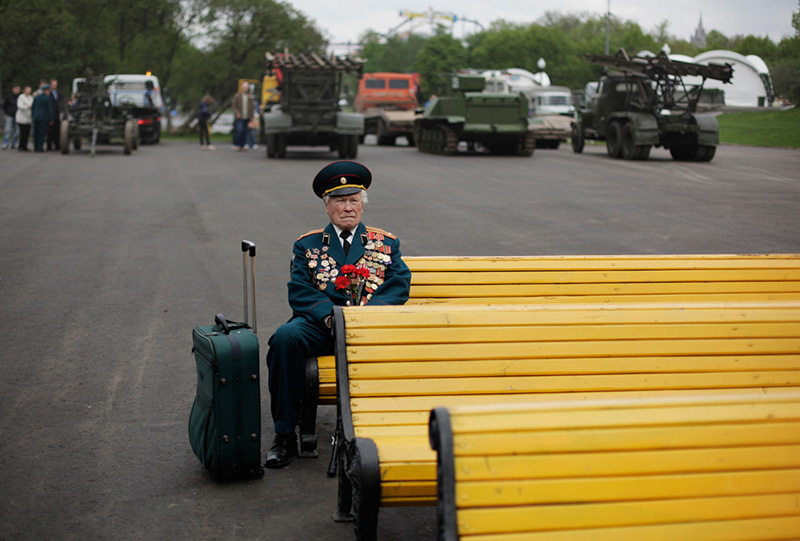

Cruisers are also equipped with missiles for CVNĪttached to a battlegroup primarily perform air-warfare (AW) missions to protect theĬarrier and other ships from air threats. The carrier is the center around which the other ships in the battlegroup evolve. Navy warships performed an extended MIFO in support of United NationsĮconomic sanctions against Iraq during operations Desert Shield and Desert Storm also inĬarriers primary mission is air power projection, either to targets ashore or at citizenryįrom Liberia during the 1991 civil war. A Navy/Marine Corps PHIBGRU performed a NEO to evacuate U.S. Tactical recovery of aircraft and personnel ( TRAP ), and maritime interdiction force operations ( MIFO ). Typical ARG missions include non-combatant evacuation ( NEO ), in extremis hostage Thousand marines capable of sixty days sustained combat operations.
Wwii battle group full#
The ships in the PHIBGRU include Maritime Pre-positioning Ships ( MPS ) loaded with ammunition, supplies and material.įinally, there is the Amphibious Task Force ( ATF ) consisting of twenty ships and a full Marine Expeditionary Force ( MEF ) of twenty-five to fifty Level up is the Amphibious Group ( PHIBGRU ) consisting of sixteen to twenty-four ships and a Marine Expeditionaryįifteen thousand marines equipped for thirty days of combat. personnelĪbroad facing hostile conditions (see below) or amphibious raids. This makes them ideal for evacuation of U.S. Advantages of the PHIBRON/MEU team include quick The most basic ARG is the Amphibious Squadron ( PHIBRON ) consisting of three to five ships and a Marine Expeditionary Unit ( MEU ) of two thousand marines withĮnough supplies for fifteen days of combat.


Include their own command staffs, ground troops, close air support ( AV -8 B Harriers and assault helicopters) and The combined Marine troops and air wing form Marine Air/Ground Task Forces ( MAGTF s) of varying sizes (see Itself maintain sophisticated combat systems for conducting local combat actions inĪmphibious Ready Groups consist of anywhere from five to twenty-plusĪmphibious warfare ships carrying between one to fifty thousand marines, depending on the Mix of offensive and defensive aircraft capable of carrying out intense and sustainedĬombat operations against targets ashore and on the sea. As will be discussed forthwith, the embarked carrier air wing employs a diverse The modern carrier battlegroup forms a potent power-projection Nuclear cruisers normally will be attached to nuclear carriers. Additionally, nuclear powered carriers ( CVN s) are often coupled with the most up to date air warfare ( AW ) and undersea warfare ( USW ) platforms (surface or The ultimate content of the battlegroup will depend on the specific mission of the Taskįorce. Some battlegroups also include a fast attack submarine ( SSN ) operating in a support role. The typical breakdown for a current carrier battlegroup includes oneĬarrier ( CV or CVN ), two cruisers ( CG s and/or CGN s), three destroyers ( DD s and/or DDG s) or frigates ( FF s and/or FFG s) and one auxiliary ( AE, AOE, or AOR ). Modern carrier battlegroups ( CVBGs ) and Amphibious Ready Groups ( ARG s) incorporate a diverse mix of platforms to carry out their power MODULE 2≼ARRIER BATTLEGROUP & Amphibious Ready Group (ARG) CARRIER AIR WING PLATFORMS AND MISSIONS 2- * Los Angeles & Improved Los Angeles Class (SSN) 2- * Intelligence-related spaces aboard Cruisers 2- *ġ. MODULE 2≼ARRIER BATTLEGROUP & Amphibious Ready Group (ARG) PLATFORMS ANDģ. United States Naval Reserve Intelligence Program MODULE 2-CARRIER BATTLEGROUP & Amphibious Ready Group (ARG) PLATFORMS AND MISSIONS


 0 kommentar(er)
0 kommentar(er)
